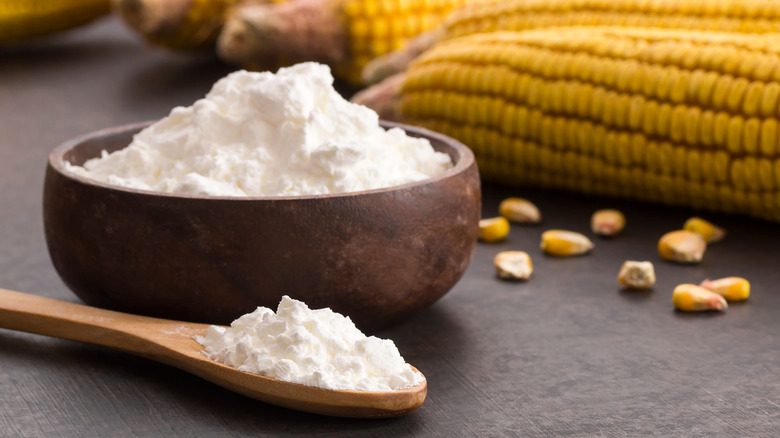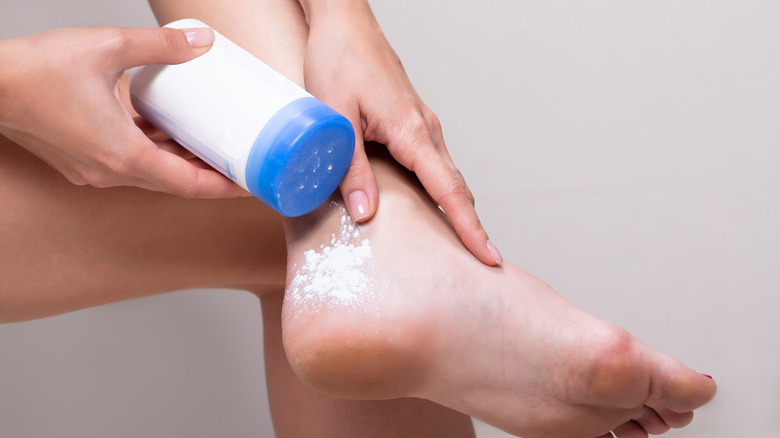It can also improve the texture and consistency of baked goods, from cakes and brownies to pies.
On top of that, it’s gluten-free (perBAKERpedia).
This common ingredient comes from the endosperm of the corn kernel, explains BAKERpedia.

It contains amylose and amylopectin, two molecules that absorb moisture and increase in size when heated in water.
This gives cornstarch its thick texture after cooking.
Besides its role as a thickening agent, cornstarch has various uses outside the kitchen.

For example, it can be found in baby powder, adhesives, and bioplastics.
Some manufacturers add cornstarch to packaged goods due to its ability to absorb moisture.
The starch can also stabilize ingredients and prevent them from separating, notes theCorn Refiners Association.
Here is why you should always have it in your home.
The starch will absorb excess sweat, keeping you dry.
it’s possible for you to also apply cornstarch to your scalp to freshen upgreasy hair.
This trick can do wonders between washes!
Running a marathon or breaking a sweat on your exercise bike?
Use cornstarch on the inside of your thighs to prevent chafing.
If you’re prone to athlete’s foot, put some cornstarch in your shoes to reduce excess moisture.
Some beauty bloggers recommend using cornstarch as asetting powder, saying that it eliminates shine.
That’s not a good idea, though.
There is also a risk of allergic reactions, she added.
Likewise, you shouldn’t use cornstarch for contouring or exfoliation.